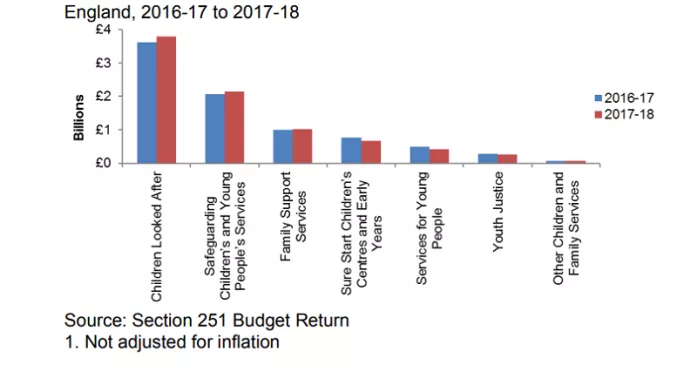Spending by local authorities on schools is set to rise in 2017-18 compared with last year, but the amount being spent per-pupil will still be lower than it was five years ago, new statistics suggest.
And the amount going to “other” education services - such as education welfare and educational psychologists - has dropped by 5.5 per cent, from £2.7 billion to £2.6 billion. The Department for Education document says this is partly due to the increased number of schools that have converted to academy status.
It adds the drop could also be because some of this spending has moved to a different part of the schools budget as a result of the ending of the Education Services Grant.
Overall, the schools budget, which is largely driven by pupil numbers, is due to increase by £1.1 billion, or 2.7 per cent, year-on-year.
This is a nominal rise in planned per-pupil spending, from £4,432 last year to £4,475 in 2017-18. However, five years ago, in 2012-13, the figure was £4,594.
The figures also show that:
- The South East has the lowest per-pupil spend, at £4,311 per pupil. Last year, the South West was the lowest spending region on per-pupil funding.
Source: DfE
- The biggest increase in children’s and young people’s services is for looked-after children - from £3.6 billion up to £3.8 billion. But Sure Start children’s centres and early years have the biggest decrease in planned spend, from £0.8 billion to £0.7 billion.
Source: DfE
- Less will be spent on special schools, pupil referral units and hospital education places - again, the DfE points out that this can be affected by the number of schools converting to academy status.
Source: DfE
Want to keep up with the latest education news and opinion? Follow Tes on Twitter and like Tes on Facebook







